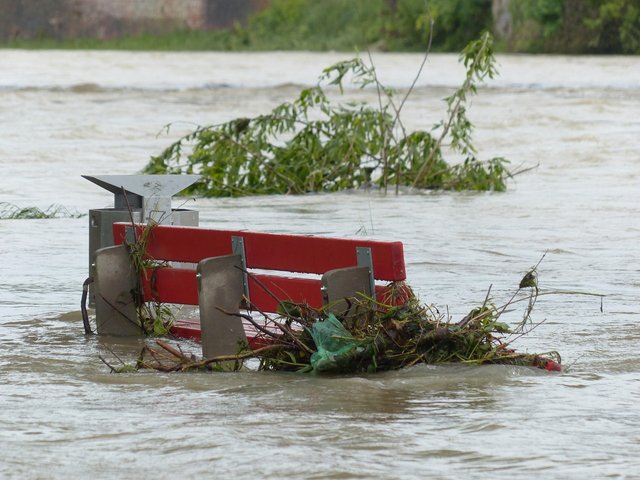Aceh Province's Water Potential: Abundant, But Vulnerable
Hi steemian...
Water is a very important compound for living things and until now it is only found on planet earth. Aceh Province is one of the regions in Indonesia that has abundant water resources. Rainfall in Aceh averages around 2,500 mm per year and the many River Basins should not have a water crisis. Talking about water, it not only needs to be available, but also must meet three important aspects, namely quality, quantity, and continuity. Water quality must be maintained so that it is not polluted by waste and pollutants. The quantity of water should not be too much to cause flooding, but also not too little to cause drought.
In addition, continuity is also an important factor to ensure that water is available throughout the year, not only abundant in the rainy season but scarce when the dry season arrives. Aceh Province has a rich hydrological system with 80 river basins spread across various regencies and cities. Aceh has four of the largest river basins, namely the Krueng Aceh Watershed, the Krueng Peusangan Watershed, the Tamiang Watershed, and the Jambo Aye Watershed. These rivers are the main source of water for the community, both for consumption, agriculture, and industry. The ecosystem services index for clean water providers in Aceh is only 0.35, which shows that even though water availability is quite high, access to clean water is still limited.
The ecosystem service index for water and flood management is at 0.51, which means that water management still needs to be improved. Of the total area of Aceh, only around 496,732 hectares have very high potential for providing clean water, while the rest have very low potential. North Aceh and South Aceh districts have more than twenty percent of their areas with very high potential for providing clean water. Although Aceh has many water resources, flooding is still an annual disaster that continues to recur. One of the main causes of the high frequency of flooding in Aceh is the rainfall pattern. The Aceh region has an equatorial rainfall pattern, which is marked by two peak rainy seasons in a year, namely around March and October.
This means that Aceh has a high risk of flooding twice a year, especially when rainfall peaks. In addition to rainfall factors, deforestation and land conversion in Aceh are the main factors that increase the risk of flooding. Deforestation in forest areas reaches 1,200 hectares and outside forest areas reaches 717 hectares. As a result, areas that were previously able to hold rainwater have now lost their capacity, accelerating the flow of water into rivers and increasing the risk of flash floods. In addition to flooding, water quality in Aceh is also increasingly threatened by pollution. Increasing pollution in coastal areas, rivers, and lakes continues to be a serious problem that threatens water carrying capacity.
This high level of waste contributes to the decline in water quality in several major river basins in Aceh. Several rivers in Aceh are also heavily polluted by human activities. One of the rivers that has been polluted by domestic and industrial waste, so that its water quality continues to decline, is the Krueng Aceh River. The Peusangan River is also polluted by factory waste, which causes fish to die and disturbs local residents. Pollution does not only occur in rivers, Lake Lut Tawar in Central Aceh Regency is also polluted, although in the moderate category. The main causes are fish farming activities with floating net cages, domestic waste disposal, and agricultural waste from the activities of the surrounding community.
If pollution is not handled seriously, the impact will be wider, threatening the supply of clean water for the community and worsening environmental conditions in the future. The need for water for agriculture and domestic purposes is increasing, but the uneven water distribution system has caused a water crisis in various regions. With such great potential, water should be a source of prosperity, not a disaster. Increasingly frequent floods, increasing water pollution, and recurring droughts show that water management is still an unfinished homework. If Aceh wants to ensure water availability for future generations, then real steps must be taken immediately by all parties.
Regards,
@fadlymatch


